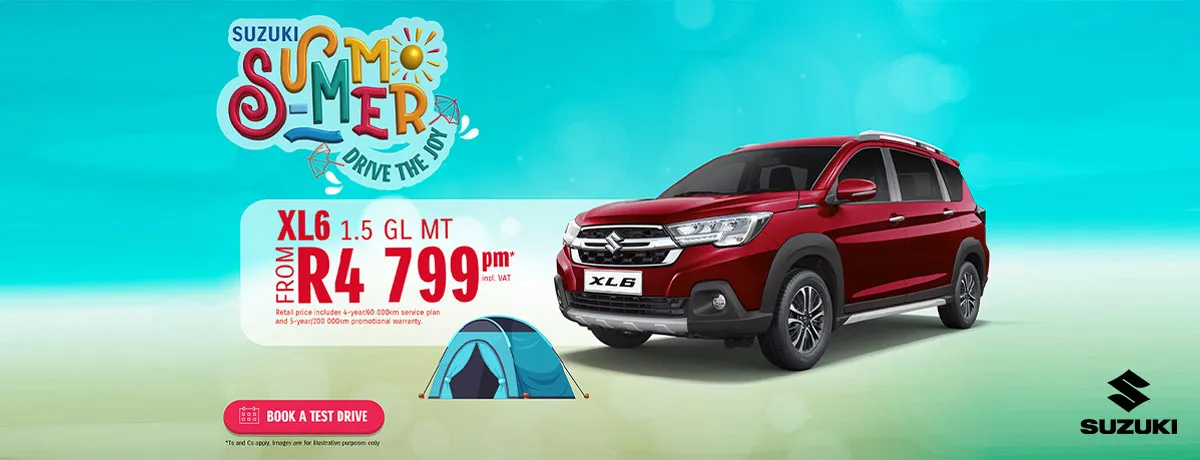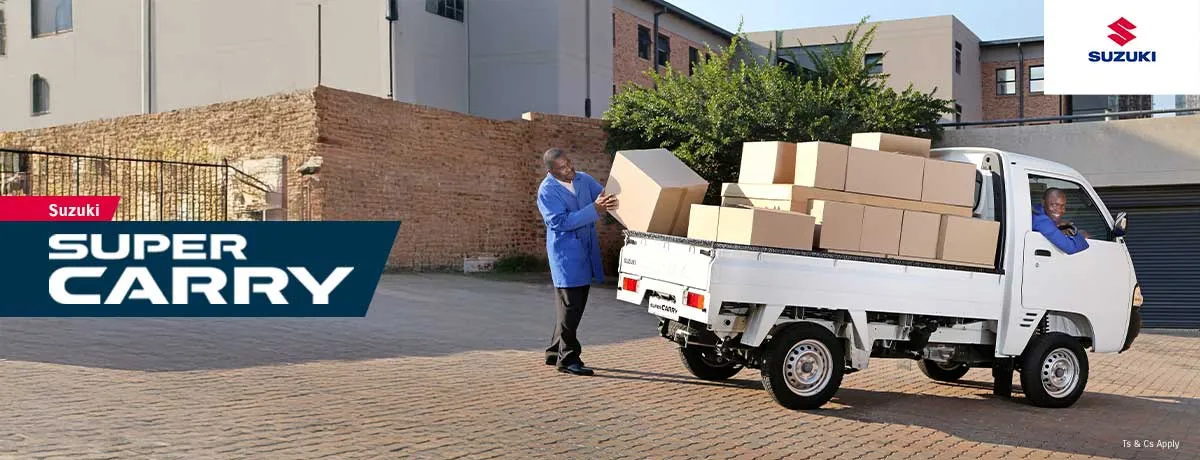There’s nothing quite like the thrill of buying a new car – however, the thrill could be short lived if you have any of The 8 Bad Driving Habits that are damaging your vehicle and shortening its lifespan.
The 8 Bad Driving Habits
- Hitting potholes and speed bumps.

- Potholes have become a very common occurrence on South African roads and these everyday hazards can cause great damage to your vehicle if not spotted in time. If your vehicle hits a deep, dreaded divot in the road, steering system misalignment to a full-on tire puncture or bent rims may follow.
- Overloading your vehicle.
- All vehicles have a loading capacity for a reason. No vehicle behaves in the same way when overloaded, but generally, steering becomes more difficult. Overloading a vehicle usually occurs towards the back of a car or bakkie. This causes the front wheels to touch the road surface under less weight, with a resulting loss in traction and steering control. In extreme cases, the front wheels may, at times, even lift off the road surface.
- Shifting from drive to reverse before stopping.
- Shifting too quickly while your car is still in motion can cause significant damage in the transmission because there is a spinning coupling mechanism that can prematurely fail if it becomes worn from the harsh gear change. Always come to a complete stop before shifting into another gear.
- Neglecting warning lights.

- Its right there in the name, “WARNING LIGHTS”. If any of these lights comes on, it is best to take your vehicle to your nearest service center for a checkup (if you are unsure of what the light means), or to attend to whatever warning light has come on. You can also consult your car’s owner manual for a breakdown of what each warning light means.
- Late braking.
- There is a huge difference between an emergency brake and constant late braking. Frequent hard braking accelerates the wear and tear on the parts that make up the braking system, reducing the efficiency of these systems as well as their lifespan.
- Shifting to a lower gear at high speed.
- While it may be necessary to downshift to overtake on the highway, skipping a couple of gears while downshifting at high speed can have a negative impact on the engine and transmission. The engine speed rises suddenly at lower gears and can be dangerous for the car. To save the engine from high revs, manufacturers include engine-cutoff sensors. If the engine speed reaches a certain limit it can get cut-off and the car can come to a complete halt, in some cases. It can also cause wheel spin and send the vehicle out of control.
- Not following the service schedule.

- By not following your car’s service schedule, you risk voiding the manufacturer’s warranty that your car comes with, as well as putting yourself and other road users at risk by driving a poorly maintained vehicle. Even if your car seems fine, the service schedule provided by the manufacturer is there to ensure you get the best possible, safest performance from your car.
- Riding the clutch.
- “Riding the clutch” simply refers to the act of keeping the clutch pedal partially pressed down. This pushes the pressure pad against the clutch plate but doesn’t engage completely, therefore creating more friction and wearing out the clutch faster. The best way to avoid this from happening is to keep your foot well away from the clutch unless you are actually changing gear.








